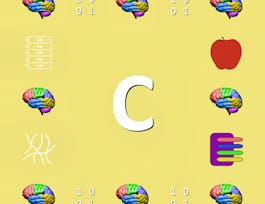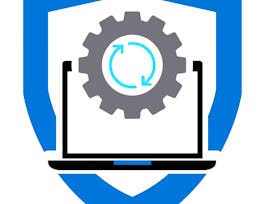Introduction to Microprocessors is targeted at anyone with an interest in learning the basics of computer architecture, microprocessors and CPUs.
Do you want to understand how the central processing unit (CPU) of a microprocessor works? How the code you type is actually executed by your computer? Presented by engineers from Arm, this course provides you with an introduction to the central components of processors including: - the Arithmetic Logic Unit, or ALU, and the arithmetic and logical operations it carries out; - the Fetch-Decode-Execute cycle or FDE within different architectures; - pipelining, or how a CPU decides what to prioritize and the challenges faced when doing so; - types of memory and their uses; - the process that high level code, such as C#, goes through to get converted into machine code; - assembly code, an interim step between high level and machine level code; and - how assembling and compiling work together to produce object code or executable files. To get the most out of this course, learners should already be familiar with basic Boolean algebra and have experience of programming in object code, such as Python or C.



 enthalten
enthalten













